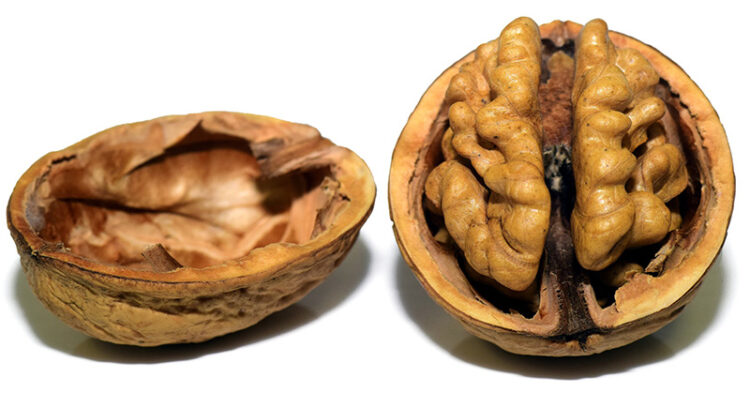
Nature is constantly giving a silent and unmistakable witness to the human race. We live in an age of electron microscopes and mass spectrometry devices. But before this, humans had to figure out what foods were best to eat by using our senses. The art of botanical discovery led humans to discover that a food’s healing properties corresponded to the body parts they resemble or to the condition they treated. This led to the “signatures” found in the common names of healing plants. (1, 2)
The Doctrine of Signatures
English Walnut

The walnut is a uniquely shaped nut, and what does it resemble? Of course, the brain! You can see the left and right hemisphere, upper and lower cerebrum, and the pronounced folds that mimic the neocortex! Didn’t remember? Not to worry, but perhaps you need to eat more walnuts because they are the richest nut source of Omega-3 ALA. This essential fatty acid helps improve brain health, including memory and the production of over 3 dozen neurotransmitters. (1) They also provide a host of neuro-protective nutrients such as gallic acid, vitamin E isomers, melatonin, folate, and polyphenols.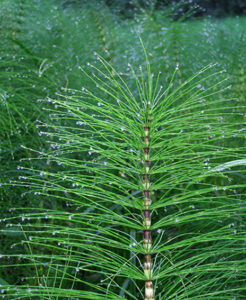
Horsetail
As the name so eloquently suggests, this herb resembles a horse’s tail. Think of the beautiful flowing tail of a healthy horse. Horsetail is exceptionally high in silica (second only to bamboo) which is essential for promoting healthy hair, skin, and nails. And silica also keeps our bones pliable, not brittle, and is an important ingredient in the fight against osteoporosis. (2) The stems also have a practical use as a scorching pad, like some cultures also do with horses’ tails to swat flies.
Avocado
Avocado is certainly a fatty fruit and at first glance brings to mind the pregnant mother’s womb with her fetus. Interestingly, research reveals that eating just one avocado a week, a woman can significantly improve her health. Among other things, avocados aid hormone balance and detoxification, protect the cervix from cancer, and even promote healthy weight loss. Interestingly, it takes a full 9 months for the blossom to fully ripen into the soft fruit! (3)
Carrot
Yes, the carrot is a familiar veggie and a staple in many cultural dishes. What could the carrot represent? Here’s a hint: cut it in half and look at the cross-section. What do you see? Yes! The cross section of the carrot looks similar to the pupil, iris and radiating lines of the human eye. Coincidentally, it’s packed with loads of pro-vitamin A (beta-carotene) and increases the blood flow to the eyes.
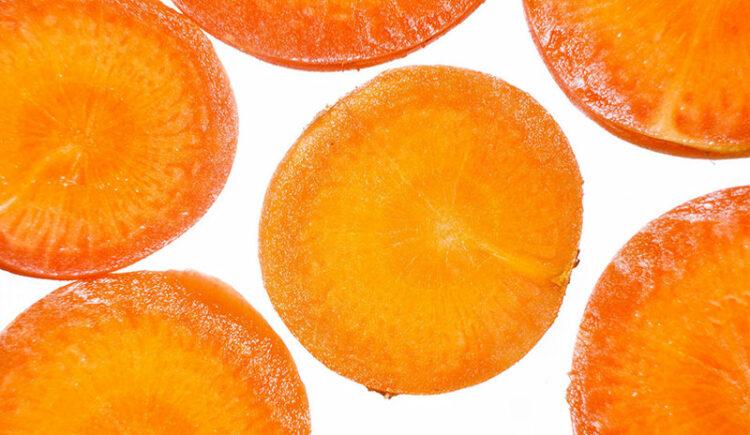
Eat your carrots! It’s easy with Roasted Carrot Spread or Carrot Cake Breakfast Bowl.
Chinese Ginseng
This “king of the herbs” is also called panax ginseng. Panax comes from the Latin root word “cure-all” or “panacea,” Indeed, ginseng has become world-renowned for its powerful adaptogenic and energizing effects on the entire human body. Is it any wonder then that the root itself has a homomorphic appeal– head, legs, arms and all? As such, ginseng has been used for thousands of years as a tonic to rejuvenate every organ. (4) Amazingly, this includes the nervous, skeletal, circulatory, endocrine and genito-urinary systems.
Pomegranates
The microscope reveals many minute details that the human eye can’t discern, such as the connective tissues of the body. Clearly, they resemble the flat and tightly-packed fleshy seeds of the pomegranate fruit. Amazingly, the astringent effects that pomegranate juice has in the mouth is felt in every artery in the body. Studies show that after several months of drinking the juice, atherosclerotic plaque in the carotid arteries begins to reverse! (5)
Kidney Bean
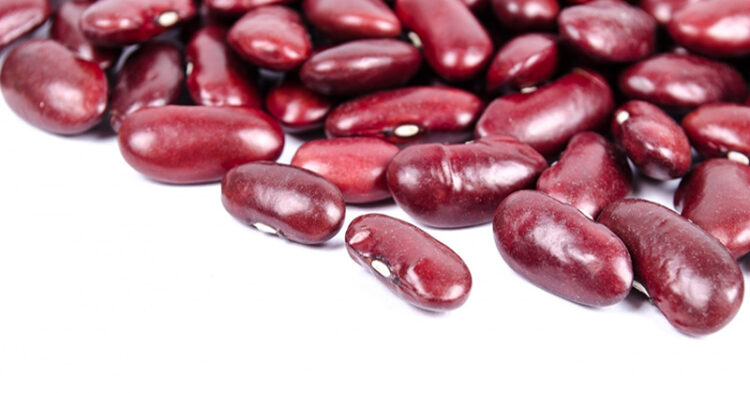
Obviously, the name is a dead giveaway. Clearly reflecting the Doctrine of Signatures, kidney beans look like little kidneys! Supporting the “signatures” theory, modern research shows that these legumes help to reduce blood cholesterol and support overall kidney function. (6) Careful, though! Beans should never be eaten raw.
Mucuna Pruriens
Though mucuna is a well-known herb, you may not have heard its common name: velvet bean. Mucuna graces the Ayurvedic tradition, where people have used it for centuries as an agent for health. How does the doctrine of signatures apply here? Well, compare mucuna to the human spinal cord. They look very similar! In fact, you’ll see that this bean resembles the spine even down to the very spinal nerves of the central nervous system.
When crushed into a powder, the seed pod works as a natural anti-stimulant to help calm anxiety, lift the mood, and restore proper dopamine levels in the brain. In fact, recent research validates this practice, as it is proven to help with Parkinson’s Disease patients due to its exceptionally high levels of L-Dopa and ability to stimulate Human Growth Hormone. (7)
Tomato
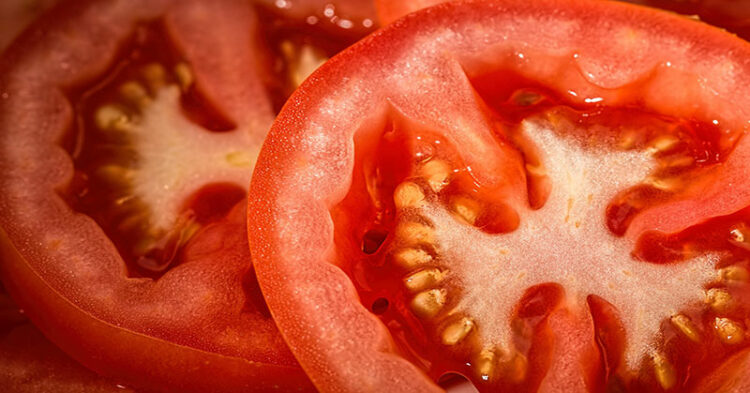
Last but not least, we have the tomato plant! The bright red tomato has the shape and color of the blood-filled heart muscle. Additionally, it has four chambers as does the atriums and ventricles of the human heart! Botanically speaking, the tomato plant is a fruit and has the phytochemical called lycopene, which aids in supporting the heart. (8)
Can You Find More Signatures?
So now, have we whetted your appetite — or maybe your curiosity? Be creative and put together a platter of food for all your human parts.
What other common, or not so common, foods and herbs can you think of that correspond to the human body? Investigation is key!
Let us know what you find in the comments section below!
Sources:
Brier Bee
Randi Ragan


